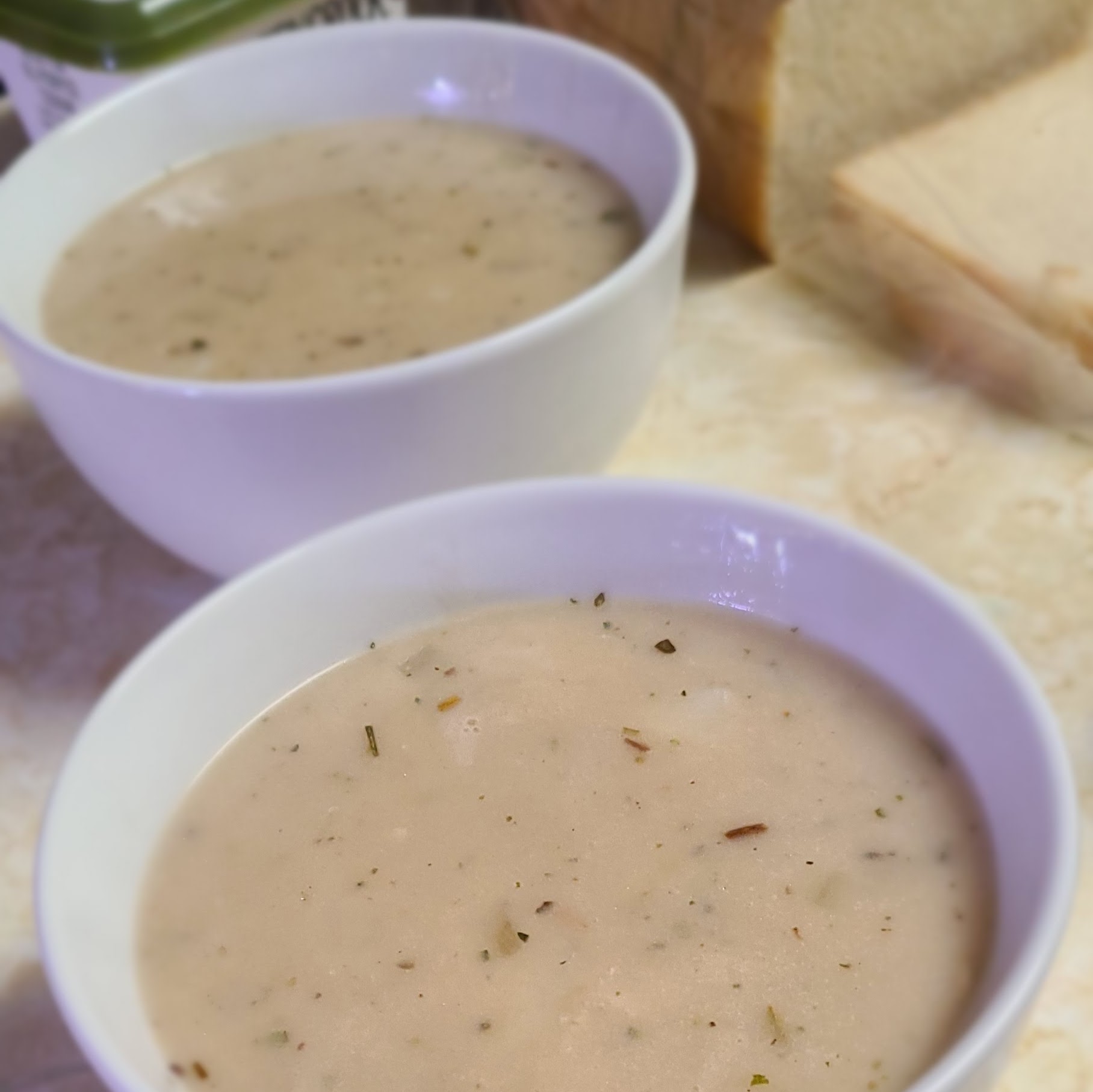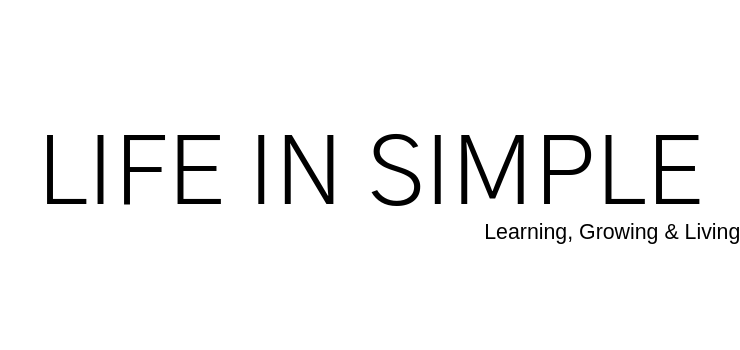The Power of Powdered Milk

“That I may perform the oath which I have sworn unto your fathers, to give them a land flowing with milk and honey, as it is this day. Then answered I, and said, So be it, O Lord.” – Jeremiah 11:5

Dairy Disclaimer
As someone who is plant-based and strives to be 100% vegan, this is an article I have some difficulty with as I try very hard not to consume dairy. For one I don’t do well when I consume it, two I don’t like the process it takes to get it and three I don’t like the toll it puts on the environment. That is all to say that it is my own PERSONAL choice and one I will not force or subject my readers to.
I have compassion for the animals and the planet but I also have compassion for my fellow human beings. And I hope this information can help them, you, to navigate the map of “Food Storage for Beginners.” I do this so that no matter what your lifestyle choice you can make informed decisions for your family in preparing them for whatever emergencies come into your life.
I believe in being prepared and that takes knowledge, time, and consistency. Food storage is an in-the-moment and future process. You are preparing for the future with how you are living your life now. If you don’t consume something currently why would you store it for the future? Whether that is Cow Milk or Soy Milk you need to store what you are most likely going to use if the emergency or disaster were to happen right now. So I will discuss both and give options where I can.

The Memoirs of Milk
Covering a brief history of milk I believe is first and foremost important because it lays a foundation for where we are today and why we need it in our pantry. The dairy cows we see today are a far cry from where they started some 10,000 years ago. According to historians, they were domesticated and then began dairying about 7000 yrs ago. Somewhere along the way, certain groups of people developed a tolerance to it Europeans, Middle Easterners, and some African tribes. I’m of Asian descent and do not have that tolerance for it. So depending on your DNA you may or may not be able to handle dairy.
Most dairies during that time were consumed fermented in the form of yogurt, kefir, or cheese. The first dairy animal to be domesticated was the sheep around 9,000 years ago. Following with were goats and cattle in the next thousand years. Then donkeys, water buffalo, and horses. In fact, donkeys provide milk that is closest to human mother’s milk and was used for sick or orphaned infants. Subsequently, camels, llamas, reindeer, and yaks were domesticated. All of these species were milked by early farmers.
Flash forward to 1879 and one entrepreneurial lady by the name of Anna Baldwin. Anna’s invention was the milking machine, made up of rubber cups that when over the teat of the cow and was connected to a pump lever and bucket. The first glass milk bottle was patented in 1884 by Dr. Henry Thatcher. Commercial pasteurization, via Louis Pasteur, machines were introduced in 1895. And so the commercialization of dairy was born.

Divisions of Dairy
There are two kinds of milk on the market today. Animal Milk and Plant Milk. Depending on who you are talking to, or the article you sight you will find information to support your view. Whether you are an Omnivore or Vegetarian or Vegan. I will not be covering the many pros and cons of each form. That is research you will need to tackle yourself. Or maybe you already have.
When thinking about the long-term storage of milk you can either purchase shelf-stable milk in cartons or procure it in its powdered form. Dry milk or powdered milk has been around for ages. Well as long as I can remember. Though first marketed after 1900 it was offered to the masses in 1907 but didn’t hit its peak until the 1980s. This is probably why I remember it, growing up in the 1980s.
Regular Dairy Powdered Milk is available for pennies still and with a little digging, you can find deals on plant milk powders as well. I have found Almond, Cashew, Coconut, and Oat Milk powder. But by far the best bang for your buck is gonna be Dairy Powder Milk or Soy Powder Milk. I would also suggest storing a variety if your budget allows for it. A good side note is if you store nuts as part of your pantry they can easily be made into milk in a pinch.

The Pasteurized Pantry
Although powdered milk already has a long shelf life, its actual shelf life will mostly depend on how you store it. Storing your dry milk is just like storing any of your other dry goods. Keep your dry milk in a cool dry location out of direct sunlight. And the lower the humidity the better. Just like in past articles store what you use and use what you store. And adapt it to your family’s needs.
The type of powder milk you store will also determine the shelf life. The higher the fat content the shorter its shelf life. For example, dry non-fat dairy and dry soy milk have similar fat content, so it’s safe to assume they would have a similar shelf life. In its original packaging, it may keep up to 3 months to 1 year. So this will be fine as long as you transfer the contents once opened into an air-tight container or dry canning jar.
For even longer storage you may want to store your dry milk vacuum sealed and stored in your freezer. Which can give you indefinite shelf life. For those who may not be ready to purchase a vacuum sealer system may I suggest mylar bags, oxygen absorbers, and desiccants? Giving you around 15+ yrs of shelf life. Whether you go with vacuum sealing or mylar, storing them in smaller batches and then into food grade buckets or sealing them into #10 cans is going to give you the longest shelf life. As a side note, it’s also good to consider using a variety of methods to ensure you’re not putting all your eggs in one basket.

Dairy’s Diverse Uses
I’m sure we can all think of the many uses of dairy and think to ourselves but in an emergency or disaster is milk really that important? Well, it may not be the most important thing but comfort is. Giving your family a sense of normalcy in an abnormal event whether that is a Natural Disaster, Global Event, War, Social Upheaval, Family Illness, Death, or Loss of Employment. Enjoying something as simple as a glass of milk with your meal or morning cereal can be a great comfort in difficult times.
Anywhere you use regular milk you can use dry milk. I will include a couple of links to articles that give you exact measurements on how to turn your powder milk into dairies many forms. As for dry soy milk, there isn’t a lot of information on how to use it other than to make milk which to be honest is really the only thing I’m concerned with. As long as I have milk for baking, cereal, and making hot cocoa I’m good. But I will experiment with some of the methods mentioned for non-fat dry milk using my soy milk powder and will report back the results in another article.
So here we are at the end of this article and I’m hoping you are emboldened to start this year off with “Food Storage For Beginners” and look forward to seeing and hearing more about your progress. You can follow me over on my Instagram where I share a lot more regularly what is going on in our daily lives. I will leave you with a simple recipe using your milk of choice.

Vegan Potato Soup
SandraIngredients
- 1.5 lbs Russet Potatoes Diced
- 3 cups Water (to cover potatoes)
- 1/2 lrg Onion Diced
- 1 tbsp Olive Oil
- 2 cups Water (for cream soup base)
- 1 cup Dry Cream Soup Base Recipe found in "The Versatility of Cream Soups"
- 1 can Coconut Milk
- Salt & Pepper to Taste
Instructions
- Peel and Dice Potatoes. Cover with water. Bring to boil and cook till potatoes are just tender.
- In another pot saute onions in olive oil till tender and translucent. Add in water, coconut milk, and dry cream soup base, whisk till all incorporated and dissolved.
- Add in cooked potatoes along with the water. Bring up the heat, but do not boil. Once desired thickness is achieved turn off the heat.
- Serve with buttered bread and saltine crackers. Add Salt & Pepper to taste to your soup and enjoy.
Resources:
The Surprising History of Milk
How to Store Powder Milk Long-term
7 Long Term Milk Options for Preppers
How Long Can You Store Powdered Milk?
About The Author
admin
Related Posts
The Frugality of Fats
“Fat gives things flavor!” – Julia Child The Story of Shortening Fats have…
April 12, 2022Marvelous Macaroni & Cheese
“All middle-income families use carbs to stretch meals, across any ethnic group –…
January 24, 2022


